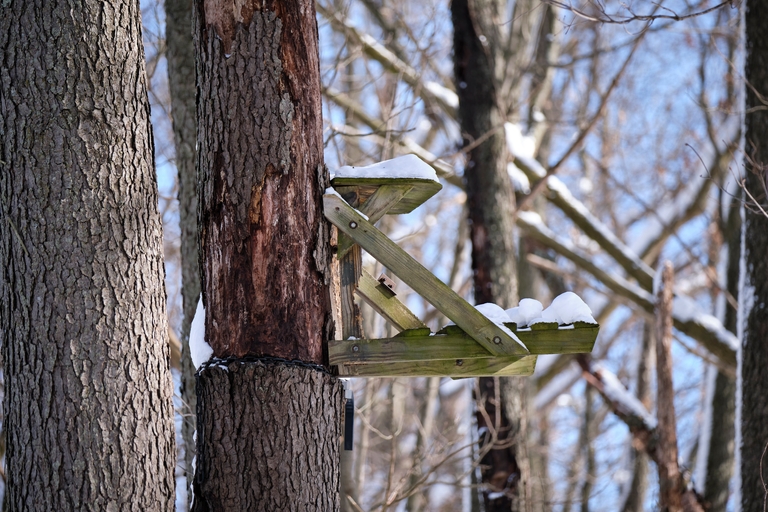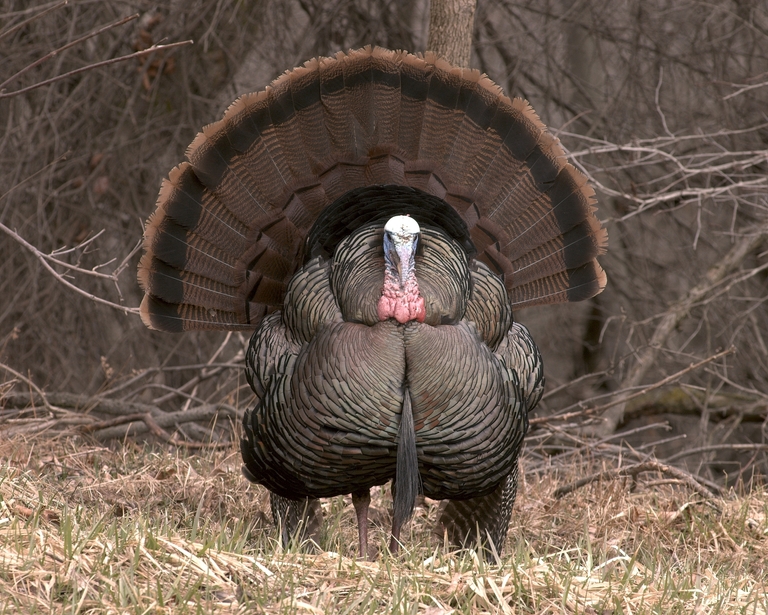Hunting Basics: Types Of Turkey Calls to Call in a Tom
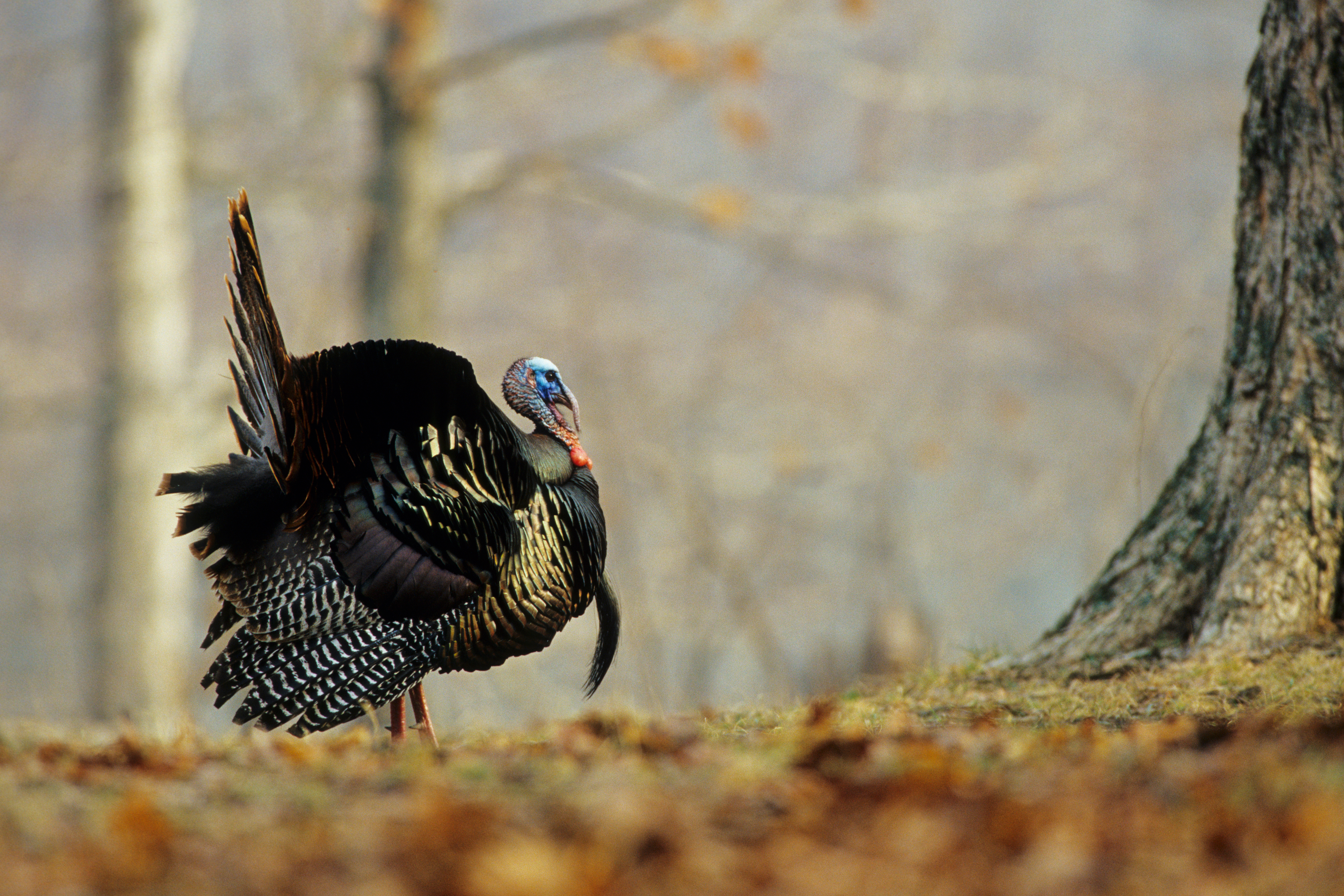
Turkeys are intensely vocal creatures known for a spectrum of sounds and highly developed communication systems that go well beyond the widely known gobble.
Turkeys call in various social contexts, including communicating with each other, establishing social hierarchies, maintaining group cohesion, and navigating their environment.
Whether it's a yelp, purr, or gobble, understanding how to replicate these vocalizations and when they're used can help you attract more birds and get one step closer to that prized tom. Let's take a look at some common turkey calls and tips to help you start calling like a pro.
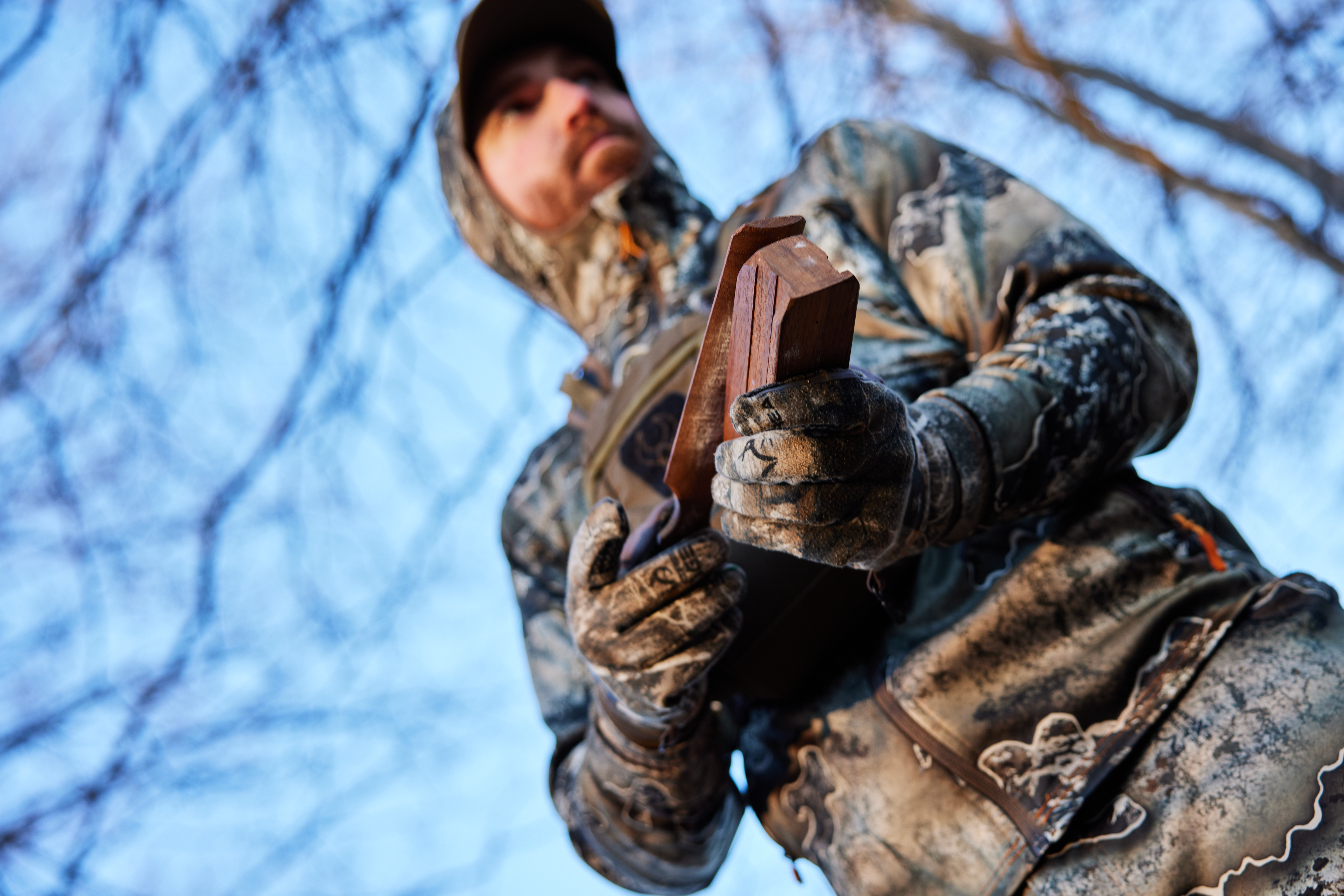
3 Must-Know Turkey Devices for a Successful Hunt
There are about 20 human-identified turkey vocalization patterns, including gobble, yelp, cutt, cluck, and more. Each call has a unique pitch, note, cadence, and harshness.
Additionally, there is great variation within the types of calls, and the differing seasons will impact the efficiency of particular calls.
After lots of listening, practice, hunter education, and time in the field, experienced turkey hunters can replicate these various sounds with astonishing accuracy using a turkey device (or "call").
Let's explore three popular choices for turkey hunters hoping to converse with some big birds.
1. Mouth Call (Diaphragm)
A mouth call is a small, horse-shaped device that resembles a guitar pick. It is similar to a reed for a woodwind instrument.
By forcing air through the call's divide, hunters can manipulate sounds by creating vibrations and manipulating pressure and tongue position.
Hunting is an accessory sport, and mouth calls are no exception. Rubber or latex is commonly used for mouth calls, and a wide range of designs, colors, sizes, and cuts are available.
The good news is that mouth calls are affordable, meaning you can try a few designs as you learn to get comfortable with the device. Look for ease of use and triple-reed designs, and don't be afraid to trim the tape if it will make things easier for you.
Mouth calls have a strong advantage over other devices in that they're entirely hands-free, meaning you can lure in a tom while shifting your shotgun to a more favorable position. Lastly, these calls can create virtually any turkey call turkey sound, including yelps, clucks, purrs, and gobbles.
2. Slate Calls (Pot Calls)
A slate call consists of two components: a striker made of wood, carbon, or aluminum and a pot in disk shape made of slate and sometimes ceramic or plastic.
To make a turkey sound, you scratch the striker across the pot's surface to create friction, mimicking several distinct turkey calls. Angle, pressure, and speed are all used to manipulate different turkey noises from the device, and it can take some practice to get it right.
Slate calls are a beginner-friendly instrument. The downside is that you need both hands to use the device and will need to switch from the pot and striker to your rifle to get a good shot on a turkey, so it's essential to be extra cautious at this stage.
3. Box Call
Similarly to the slate call, a box call is a hand-held device that relies on friction to imitate turkey calls. It's a small rectangular wooden box with a hinged lid that slides over the open section of the box.
The desired turkey sound can be produced from rhythm, as the hollow of the device can create a strong sound that can serve hunters well in dense cover or windy conditions.
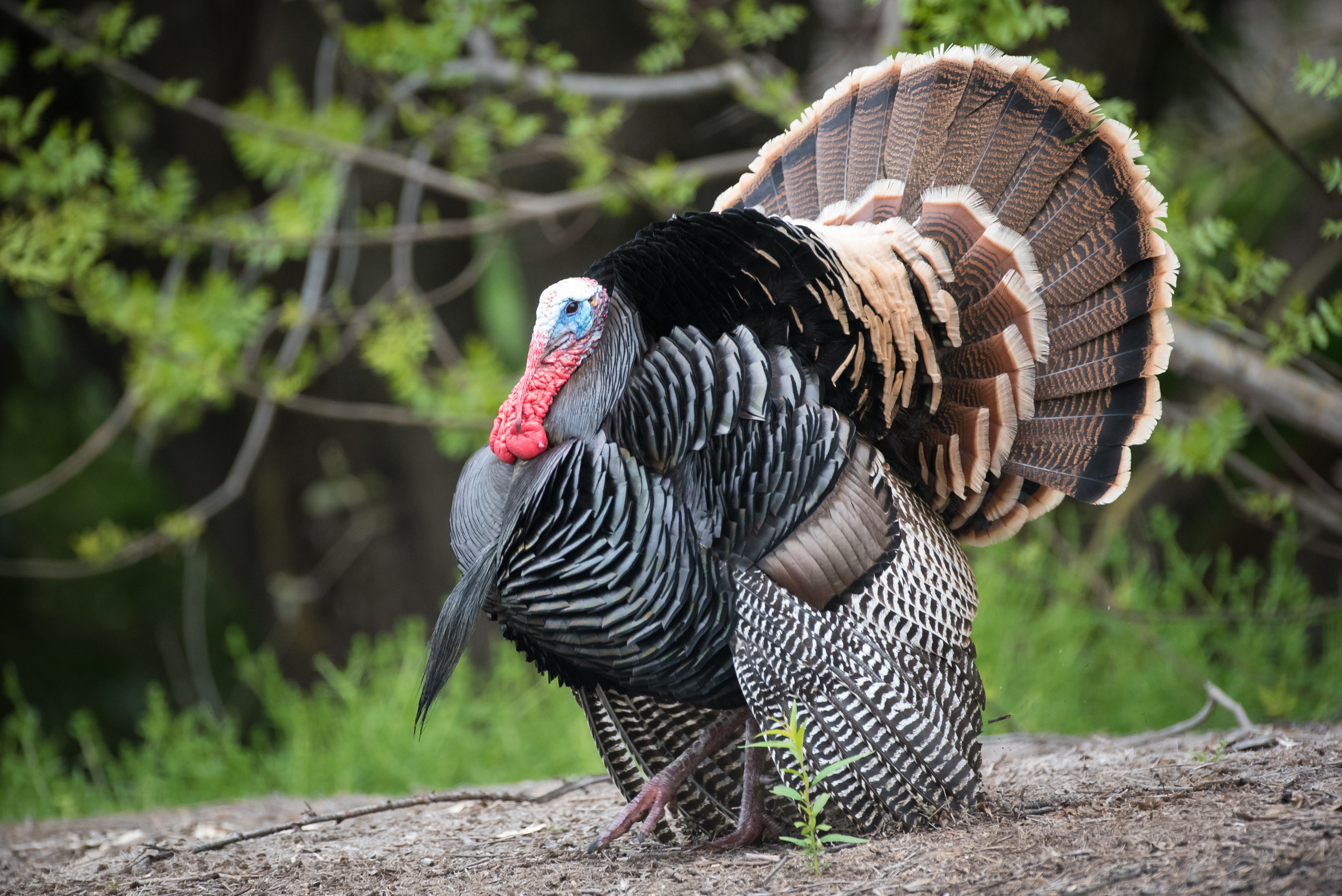
Turkey Calling Tips
To maximize effectiveness when using turkey callers, practice is the key, and the more you do at home, the higher your chance of success out in the field.
Some additional strategies include:
- Practice at home with online resources and YouTube, and find a mentor with more experience than you to help you in the initial stages.
- Have a variety of calls in your back pocket that you can rely on in the field.
- Don't be afraid to switch it up.
- Spend time in your intended area and get used to the vocality of turkeys.
- Be patient with your calls, and remember that aggressive calling can spook birds.
Finally, remember to use silence to break up the calls. Sometimes, a less is more approach can serve you well, especially when turkeys are on the way in.
Should You Use Electronic Turkey Calls?
While nothing can match the exhilaration and excitement of calling in your first bird after working hard to perfect your diaphragm or box calls, electronic callers have their time and place in turkey hunting.
Electronic calls are pre-recorded turkey sounds played through a speaker on an electronic device that ranges in size, sound offerings, and budget. They can be useful in challenging environments such as dense areas, heavy rainfall, and winds.
It's a practical option, but overuse can create suspicion with birds.
Make Sure It's Legal
Remember that electronic callers are illegal during open season in many states, and misuse can bring penalties and potential jail time. Check local regulations before using an electronic caller while in the field.
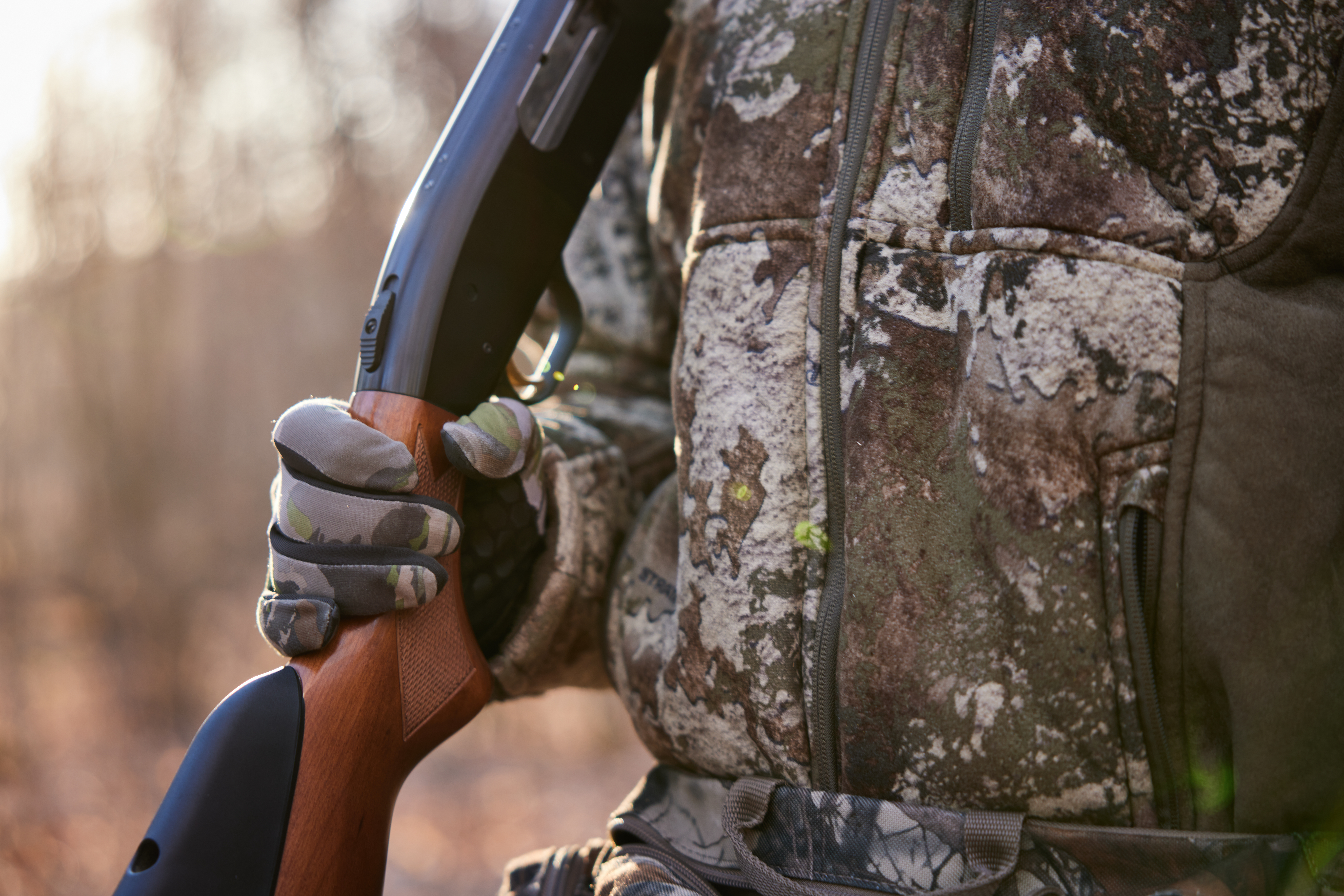
Stay Safe With Hunter Education When Turkey Hunting
If you're ready to get your hands on some turkey devices and start making music, it might be a great time to brush up on your hunting education before heading out into the field. Turkey hunting is both exciting and intense, so it's always essential to have safety procedures in place and ensure you're following all local, state, and federal laws to the highest standard.
Additionally, most states require hunting education before purchasing your turkey license. So, before packing your turkey calls into your gear pack, make sure you're certified!
Hunter-Ed can help you get your certification through our convenient online courses. You'll learn about firearm safety, how to keep others safe in the field by staying within your safe zone of fire, and how to set up your turkey blind to avoid injuring yourself or other hunters. Find the course for your state and start learning!



